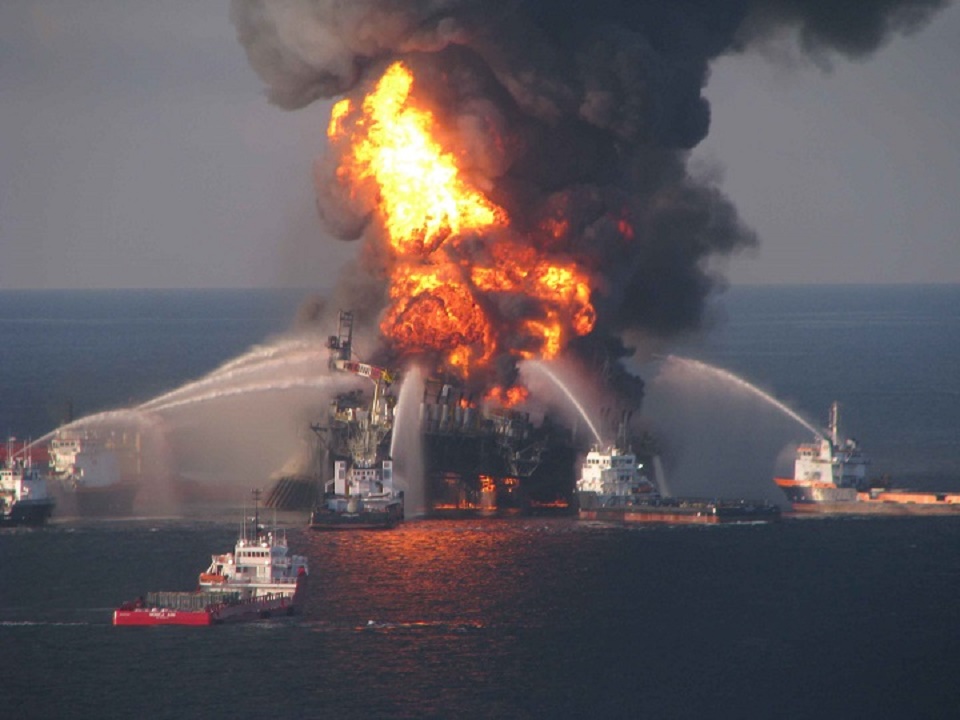
The release of oil in nature and especially marine areas can destroy whole ecosystems, as it kills both sea life and birds.
The cleanup and recovery from oil spills is extremely difficult and also depends upon many factors, what type of oil has been spilled, the temperature of the water (the warmer the more evaporation and biodegradation), and the types of shorelines and beaches involved.
Spills may take weeks, months or even years to clean up. The Exon Valdez spill in 1989 outside Alaska is still apparent.
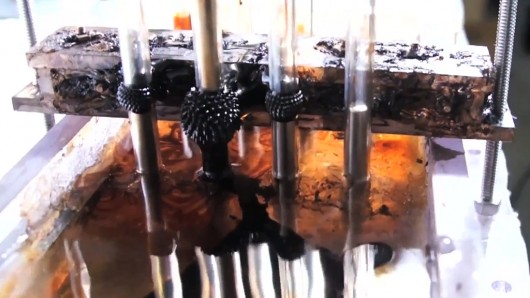
Since the Deepwater Horizon disaster in 2010, there has been an increase in research into finding more effective ways to clean up oil spills. Among these, an initiative was taken by the X PRIZE Foundation as the Wendy Schmidt Oil Cleanup X CHALLENGE.
An MIT Idea: Magnets
According to researchers at the Massachusetts Institute of Technology (MIT), a “surprisingly simple but effective method for magnetically separating oil and water” has been developed.
This new method devised by researchers at MIT propose using magnets in the separation of oil from water. It is a technique that could prove to be more efficient, less costly and also safer for the environment.
But you probably wonder how it works since oil is not magnetic. The researchers use magnetic nanoparticles that turn the oil into a magnetic liquid known as a ferrofluid. They then use magnets to collect this ferrofluid oil.
The magnetic field of the cylindrical permanent magnets used by the MIT team is strongest at its edges, so the oil is attracted to the tips of the magnets much more strongly than the sides.
Shahriar Khushrushahi at the MIT Department of Electrical Engineering and Computer Science says that the technique provides excellent separation between oil and water.
And that its simplicity makes it even feasible for large-scale manufacture and deployment at sea, where access to electrical power and maintenance facilities are otherwise limited.
They then use a so-called Halbach array to separate and remove the oil from the magnets, where the magnetic field on one side is augmented, while the other side is canceled out to near zero. This allows for the oil to not be magnetically attracted at the bottom of the array, while the oil on the top of the array is more easily pulled off.
More on the research below where Marcus Zahn explains the procedure.
_______________
How to clean up oil spills
______________________________

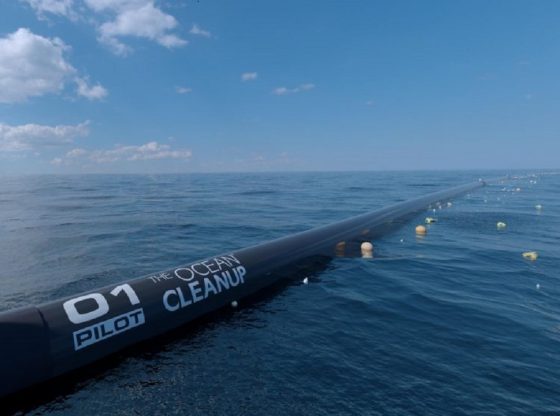

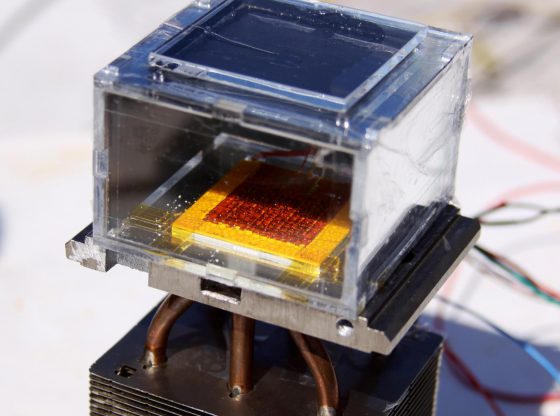

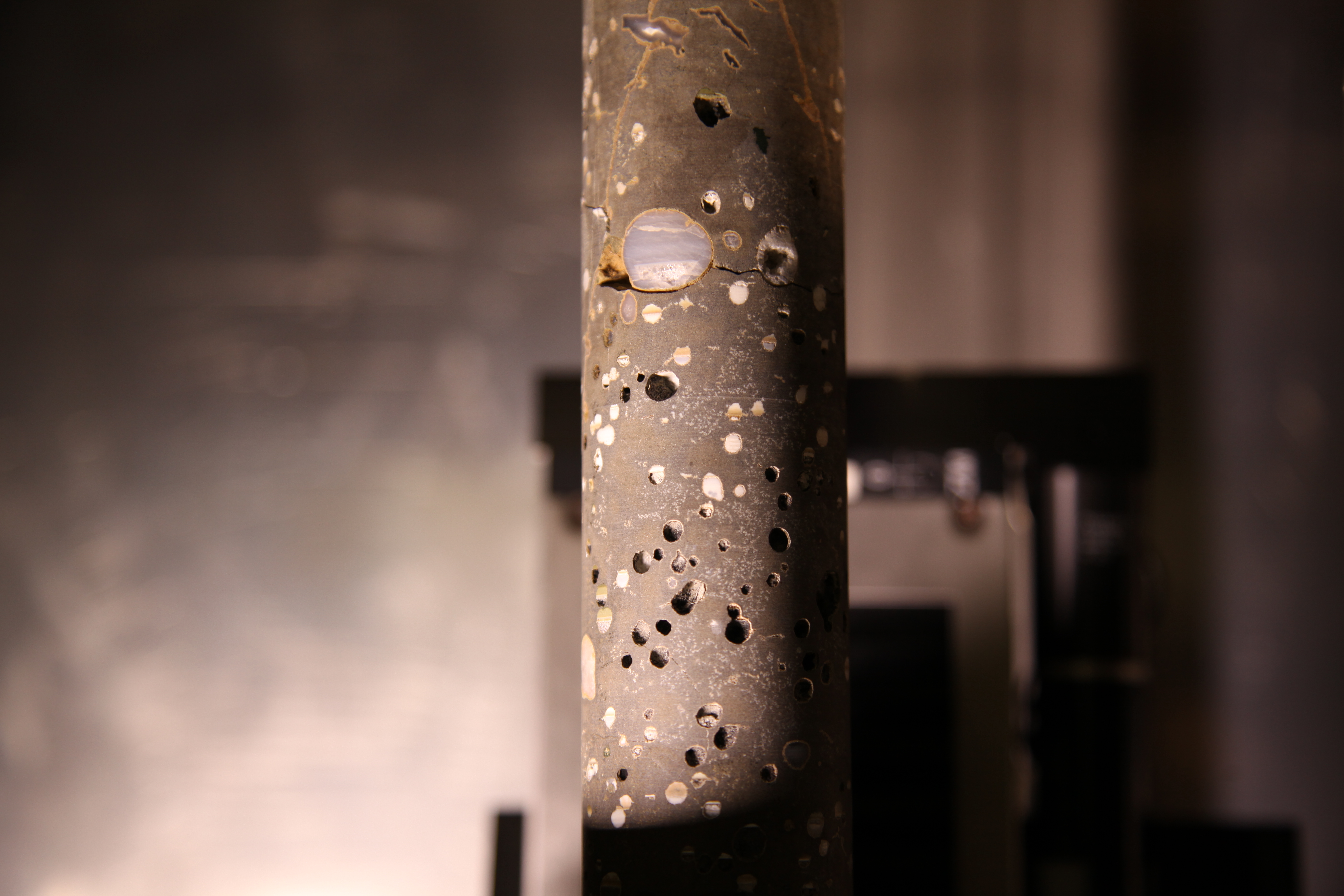


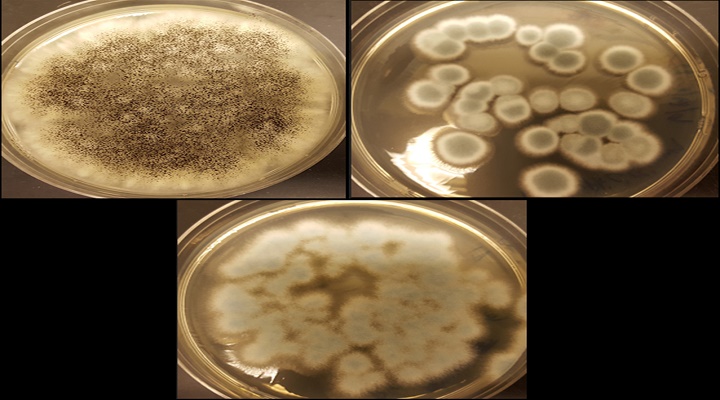


![OpenAI. (2025). ChatGPT [Large language model]. https://chatgpt.com](https://www.illustratedcuriosity.com/files/media/55136/b1b0b614-5b72-486c-901d-ff244549d67a-350x260.webp)
![OpenAI. (2025). ChatGPT [Large language model]. https://chatgpt.com](https://www.illustratedcuriosity.com/files/media/55124/79bc18fa-f616-4951-856f-cc724ad5d497-350x260.webp)
![OpenAI. (2025). ChatGPT [Large language model]. https://chatgpt.com](https://www.illustratedcuriosity.com/files/media/55099/2638a982-b4de-4913-8a1c-1479df352bf3-350x260.webp)








